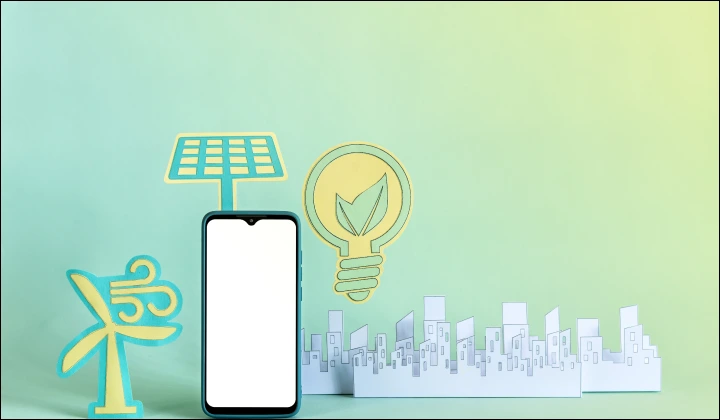Take a look at many of today’s “smart” kitchen appliances. You’ll see voice assistants built into microwaves. Apps that let you preheat your oven from your phone. A coffee machine that connects to Wi-Fi and sends you a notification when your espresso is ready.
These things look flashy. But are they really helping your customers? Are they solving any real problems?
We’re here to tell you what many won’t: Most IoT features in kitchen appliances today are just gimmicks. They make headlines, not real improvements.
Let’s talk about the difference between real IoT innovation and just… gimmicks.






 10 mins
10 mins











 Talk to Our
Consultants
Talk to Our
Consultants Chat with
Our Experts
Chat with
Our Experts Write us
an Email
Write us
an Email





